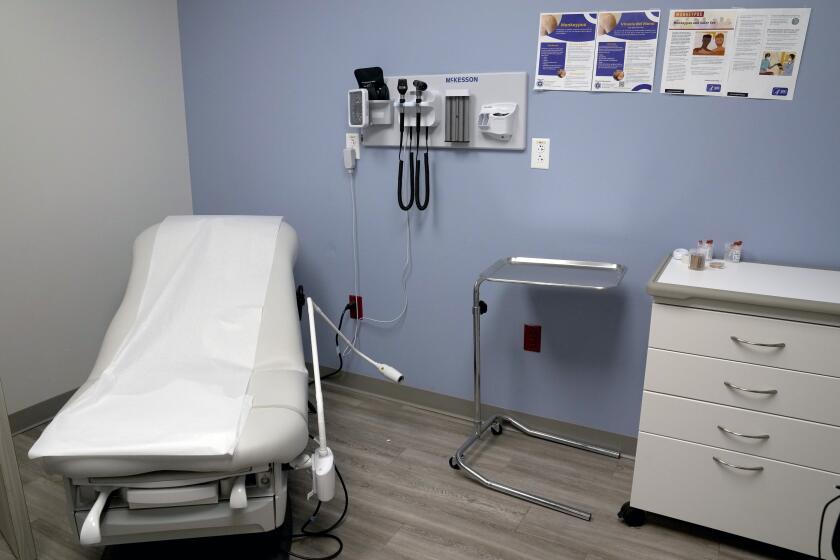How we did it: USC Dornsife/Los Angeles Times poll methodology
Here is the methodology statement for the USC Dornsife/Los Angeles Times poll.
Greenberg Quinlan Rosner Research, in conjunction with American Viewpoint, conducted this survey on behalf of the University of Southern California Dornsife College of Letters, Arts and Sciences and the Los Angeles Times. These findings are based on a random sample survey of 1,503 (1,503 weighted) registered voters in the state of California, conducted from March 16 – 23, 2016. Interviews were conducted by telephone using live interviewers from Interviewing Services of America. Voters were randomly selected from a list of registered voters statewide and reached on a landline or cell phone depending on the number they designated on their voter registration. Fifty-five percent of this sample was reached on a cell phone. Up to five attempts were made to reach and interview each randomly selected voter.
The study includes an oversample of 400 known-Latino registered voters, with the total number of Latino voters interviewed at 501 (361 weighted). All interviews among known Latinos were carried out via telephone by bilingual Latino interviewers, and conducted in the preferred language of the survey respondent, English or Spanish. Overall, 33 percent of interviews among the known Latino sample were conducted in Spanish and 67 percent in English. The technique of using fully bilingual interviewers yields higher response and cooperation rates and is greatly preferred because it does not terminate calls with Spanish-language households and require a callback.
Upon completion of all interviewing, the results were weighted to bring the Latino oversample population into line with the racial and ethnic composition of registered voters in California. The data was weighted to reflect the total population of registered voters throughout the state, balancing on regional and demographic characteristics for gender, age, race, and party registration according to known census estimates and voter file projections from several distinct voter files.
The maximum sampling error for the overall sample of 1,503 registered voters is +/- 2.8 percentage points at the 95 percent confidence level. The margin of error for subgroups is higher. The margin of error for Latinos is +/- 4.8 percentage points at the 95 percent confidence level.
This study includes a subsample of 871 Democratic presidential primary voters (832 weighted). These voters are registered Democrats, plus registered NPP voters who report being almost certain to vote in the Democratic presidential primary contest. The margin of error for these “eligible Democratic primary voters” is +/- 3.7 percentage points at the 95 percent confidence level.
This study includes a subsample of 391 Republican presidential primary voters (415 weighted). These voters are registered Republicans. The margin of error for these “eligible Republican primary voters” is +/- 5.5 percentage points at the 95 percent confidence level.
ALSO:
Trump leads Republican primary field
California’s June primary just became crucial in the race for the White House
Full coverage of the USC Dornsife/Los Angeles Times poll
Updates on California politics
Live coverage from the campaign trail
More to Read
Get the L.A. Times Politics newsletter
Deeply reported insights into legislation, politics and policy from Sacramento, Washington and beyond. In your inbox three times per week.
You may occasionally receive promotional content from the Los Angeles Times.







